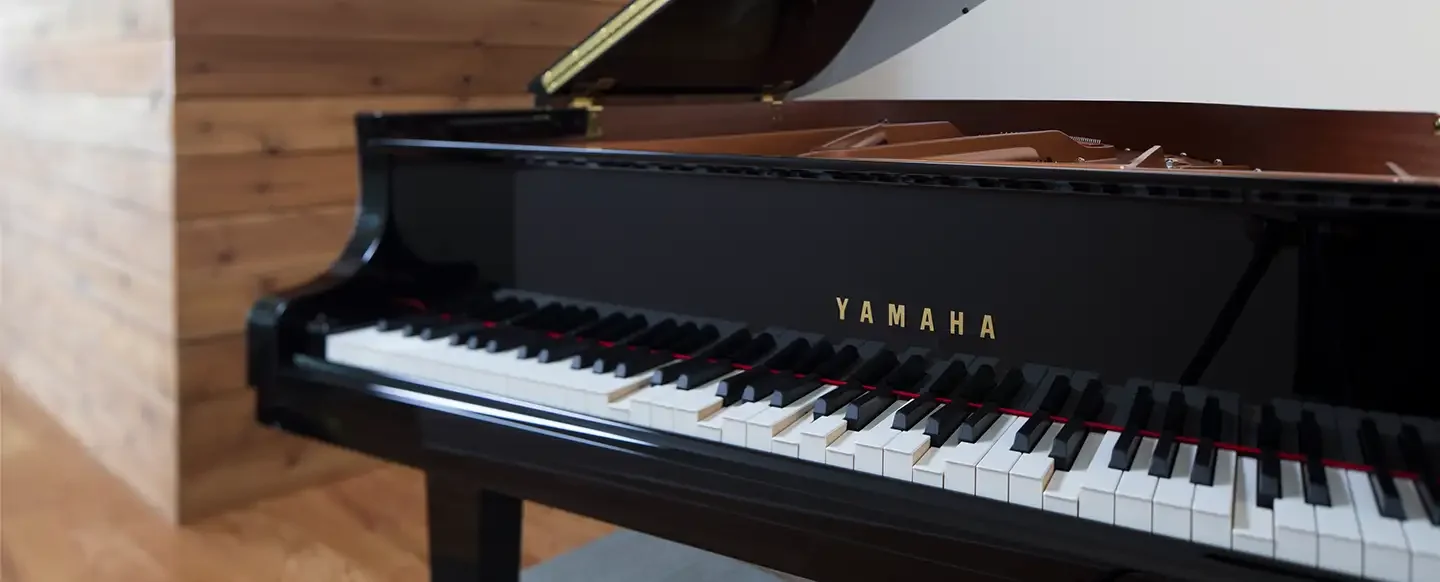Division of Time (2025)
For Cello and Yamaha Disklavier Piano
With optional choreography by Gandini Juggling
Commissioned by National Sawdust and VisionIntoArt
Duration: 60 minutes
Division of Time brings together London-based Gandini Juggling, cellist Jeffrey Zeigler, and composer Eric Nathan for an
evening-length celebration and exploration of music, movement, and technology. Structured in ten sections inspired by the numerals 0
through 9, Division of Time speaks about humanity and its relationship to numbers, weaving a dramatic arc that is both thrilling
and touching, complex and visceral, poetic and humorous. Scored as a musical dialogue between cello and a human-less player piano, the music
is put into conversation with visually arresting choreography that combines juggling with modern dance, exploring the boundaries between human and mechanical expression.
The work can be performed as a stand-alone work for cello and player piano (Yamaha Disklavier) or with choreography by the Gandini Juggling.
Photos by Daniel Oxenhandler, VisionIntoArt






